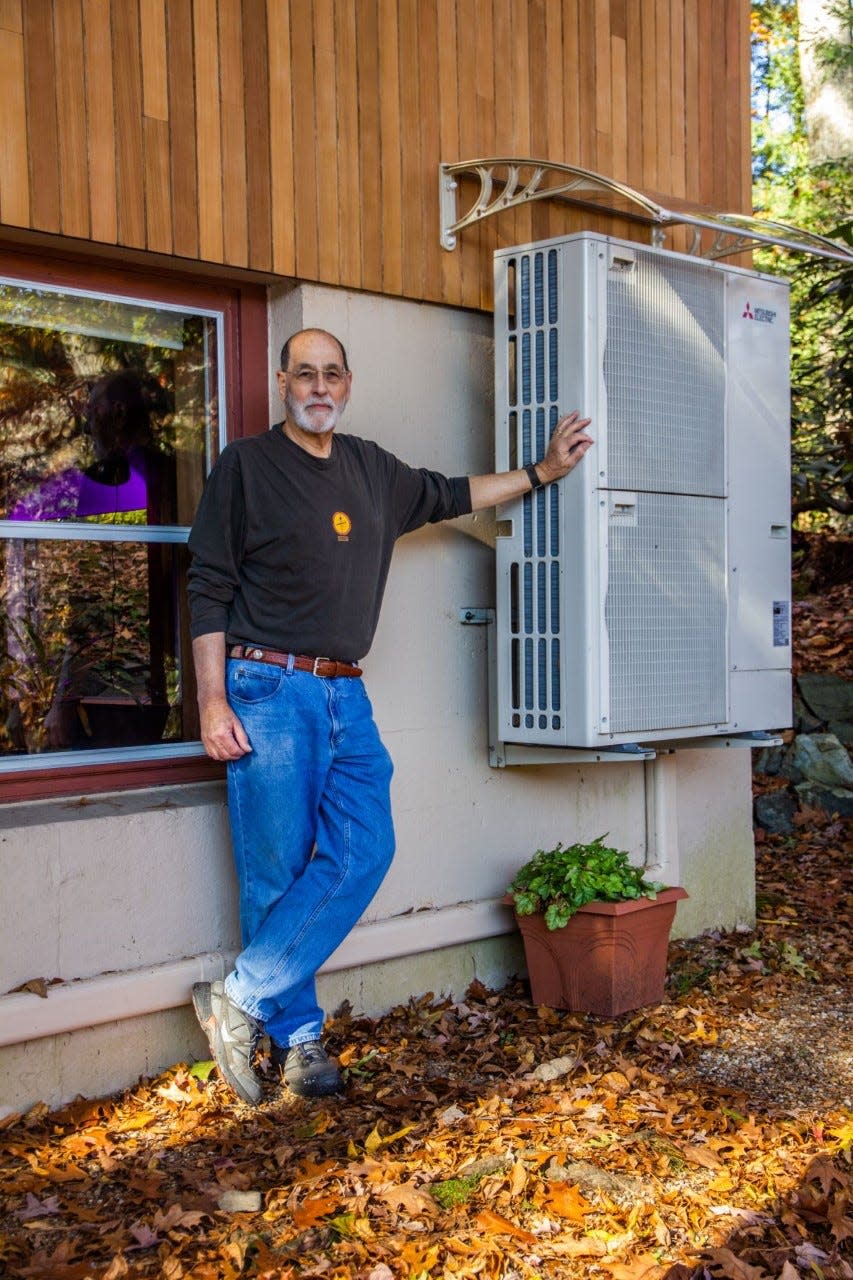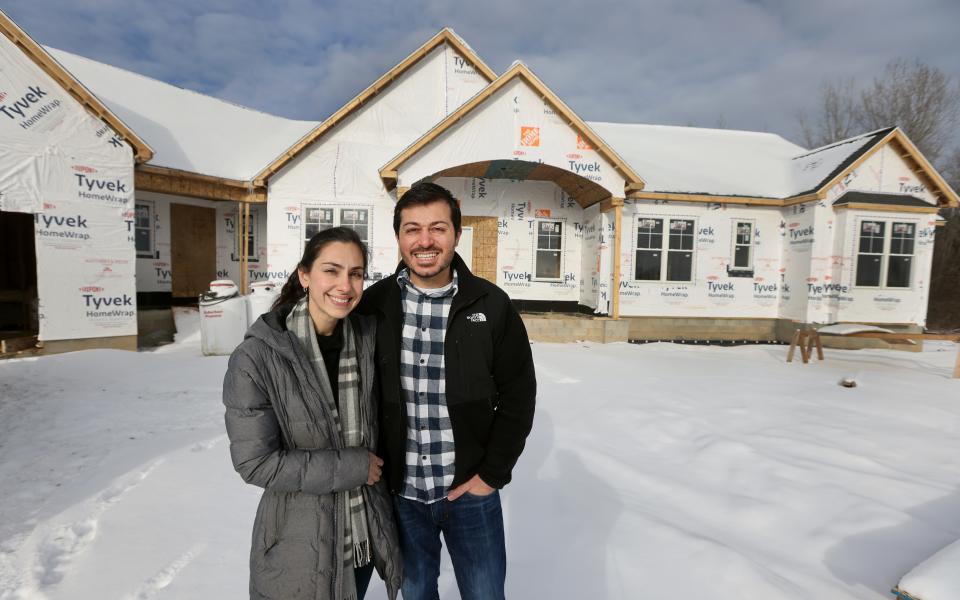Experts: Cash incentives in climate bill could revolutionize US homes, 1 HVAC at a time
When key Senate Democrats agreed to a landmark $485 billion climate and health care bill last week, they gave it a name to match kitchen table conversations taking place across the country: The Inflation Reduction Act of 2022.
But for Ari Matusiak, CEO of Rewiring America, a Washington, D.C.-based nonprofit promoting home electrification and efficiency, the bill is really about everything else inside U.S. homes: the gas-burning stoves, old water heaters, outdated wiring, even the drafts pushing through windows.
If the law is passed, Matusiak calculates, tens of billions of dollars, perhaps $100 billion, will go toward an unprecedented effort to make millions of homes more energy-efficient.
For most individual homeowners, that could take the form of thousands of dollars in annual incentives to purchase the most energy-efficient appliances and technologies. Payouts could range from $14,000 for a whole-house retrofit to thousands of dollars for high-efficiency water heaters and HVAC units to hundreds for windows, doors, and insulation.
Many of the funds would renew annually over the next decade, meaning homeowners could stack numerous projects year-over-year, ultimately receiving thousands upon thousands of dollars to transform their homes.
The end game? A revolution of what powers daily domestic life in the U.S.
“What you are witnessing is the ground floor of a market transformation,” Matusiak said. “It will have a significant influence over shifting the U.S. from being a fossil-fuel-based operating system to being a clean-energy, electrification operating system.”
More: 'Inflation Reduction Act': What you need to know about major effort to fight climate change

Experts say such electrification is necessary to slow climate change. The International Renewable Energy Agency calculates that converting fossil-fuel-based vehicles, appliances and infrastructure to electricity accounts for about 20% of the needed greenhouse gas emission reductions to stave off the most dangerous scenarios for the planet. Increasing efficiency across these and other sectors accounts for another 25%.
More: Red voters for green energy? Conservatives say they support solar and wind power too
Electric appliances are much more energy-efficient than those powered by natural gas or oil, said Kevin Kircher, an electrification researcher at Purdue University. Even if a home's electricity comes entirely from a natural gas power plant, electric devices still use 1 to 3 times less energy than if the gas had been burned inside the home.
“It's better to burn natural gas at the power plant and then use the electric to run (appliances),” Kircher said.
The math gets even better as the power sector ramps up its use of renewable energy sources and homes weatherize and decrease overall energy demand, both objectives also supported by the Inflation Reduction Act. Ultimately, the bill could reduce U.S. greenhouse gas emissions by up to 41%, the nonprofit Energy Innovation calculates, putting the country within striking distance of its goal to cut total emissions in half.
Advocates say electrifying homes also comes with a host of additional benefits: cheaper energy bills, more comfortable living spaces and fewer harmful byproducts of gas burning.

But obstacles to home electrification remain.
Advocates are anxiously awaiting word from U.S. Sen. Kyrsten Sinema, an Arizona Democrat whose vote may be essential to passing the bill and has previously objected to some provisions. And even if the bill becomes law, immense logistical challenges loom.
The bill's billions of dollars in investments alone are not enough to guarantee a transition, said Panama Bartholomy, executive director of the Building Decarbonization Coalition, which works to electrify businesses and homes. Many of those dollars would flutter down through the federal bureaucracy and into smaller agencies set up in each of the 50 states. Regulators will have to write new rules. Cities and counties may need to rewrite building codes. Potential snags await at each level.
And electric stoves don't install themselves. Bartholomy worries that the nation's cadre of home contractors may be too small and too unfamiliar with newer technologies to hit the ground running. He sees a need to send more students to vocational schools to learn the tech and replace an aging workforce.
“It's not just about the money,” Bartholomy said. “We need to match it with a whole bunch of market changes. ... The big question now is, do millennials and zoomers (Generation Z) want to work in attics and crawl spaces?”

What could be
Despite the challenges, the energy for the bill is palpable among advocates.
“It includes the largest investments in history for energy efficiency,” said Lowell Ungar, federal policy director for the American Council for an Energy-Efficient Economy in Washington, D.C. “The bill is designed to make it easy to be green.”
Most advocates see nearly $10 billion going toward home appliances and retrofits, either in the form of rebates or tax incentives. In either case, the effect is similar: A homeowner invests in a new appliance or home weatherization solution and receives hundreds or thousands of dollars back.
Among the most tantalizing:

 Yahoo Autos
Yahoo Autos 